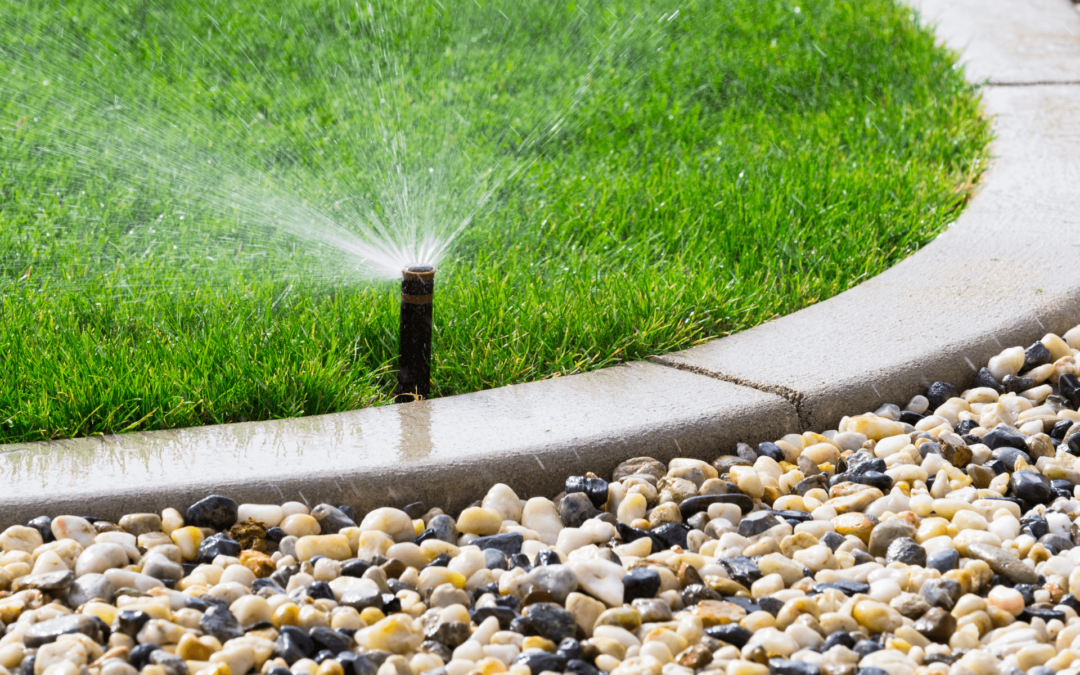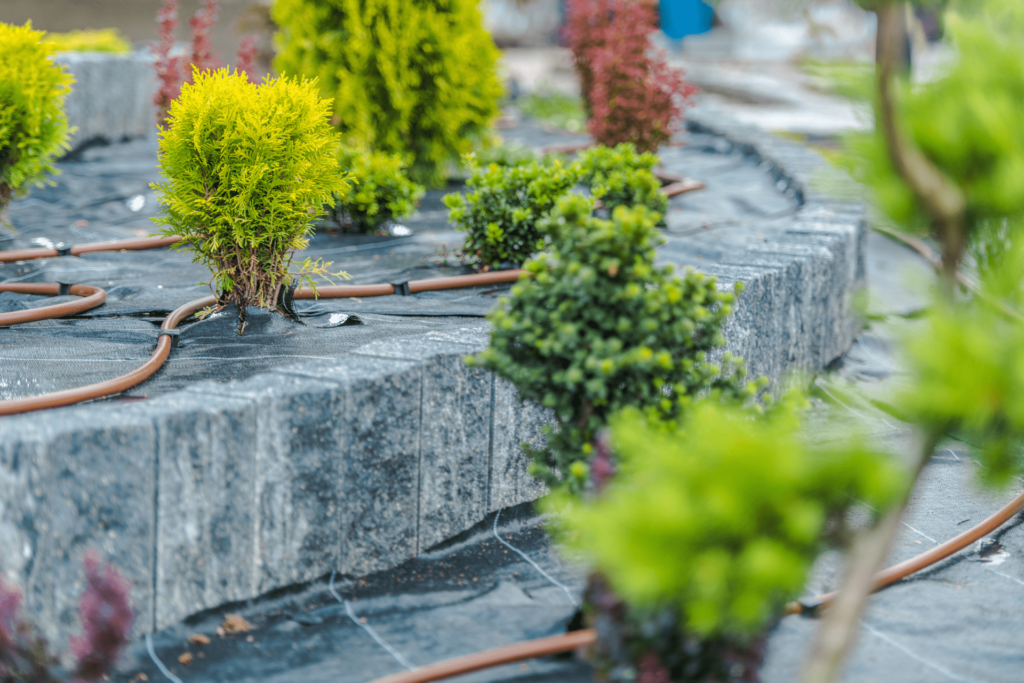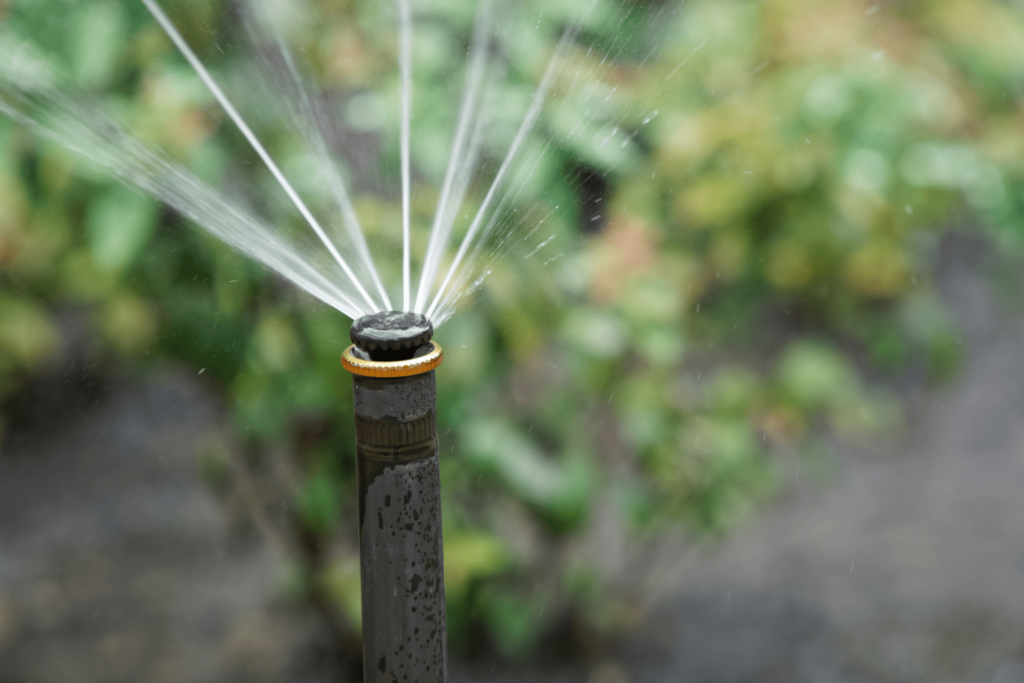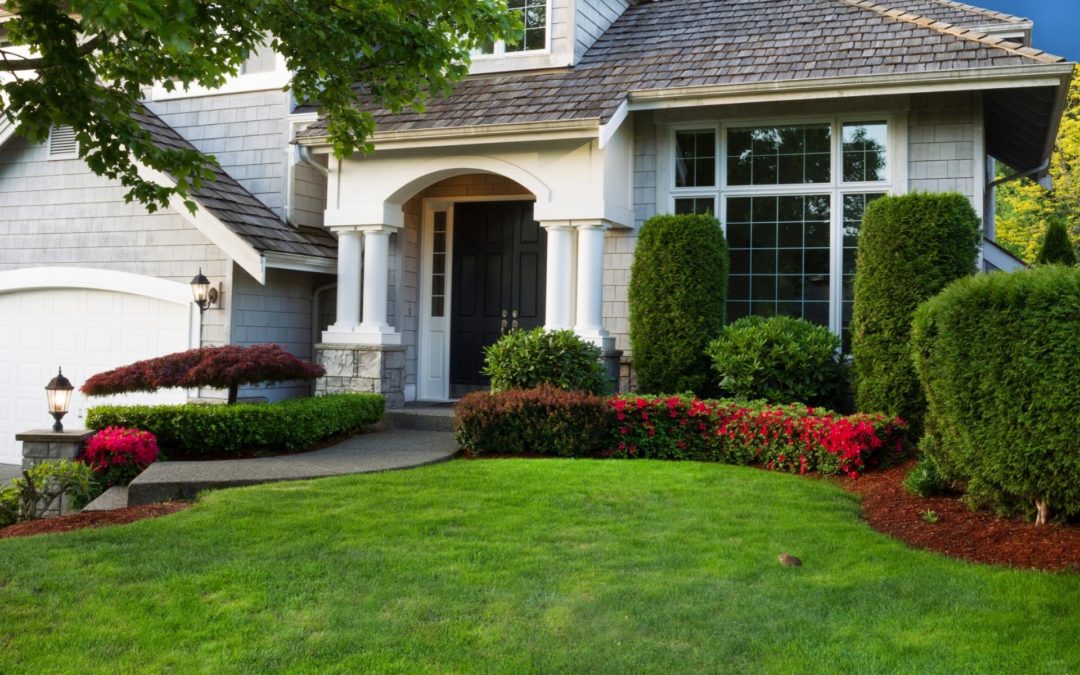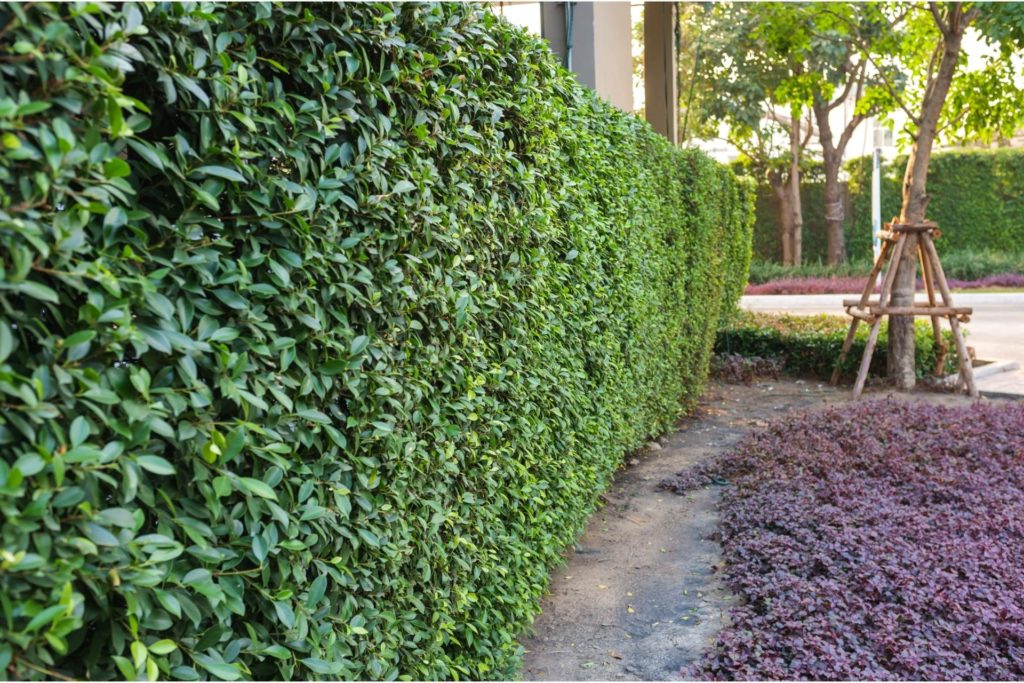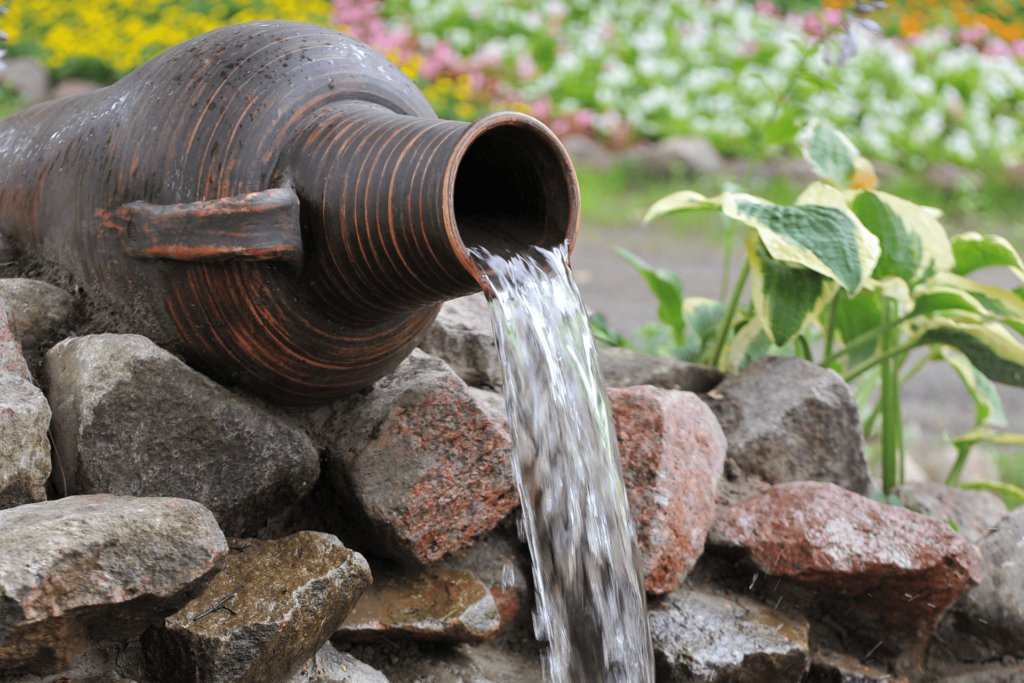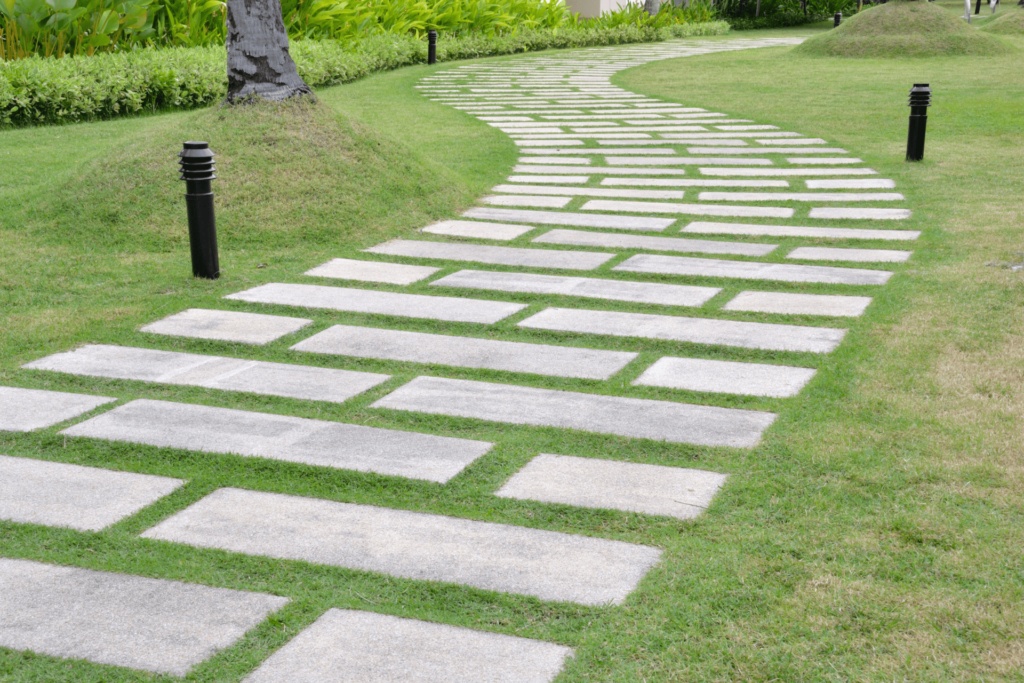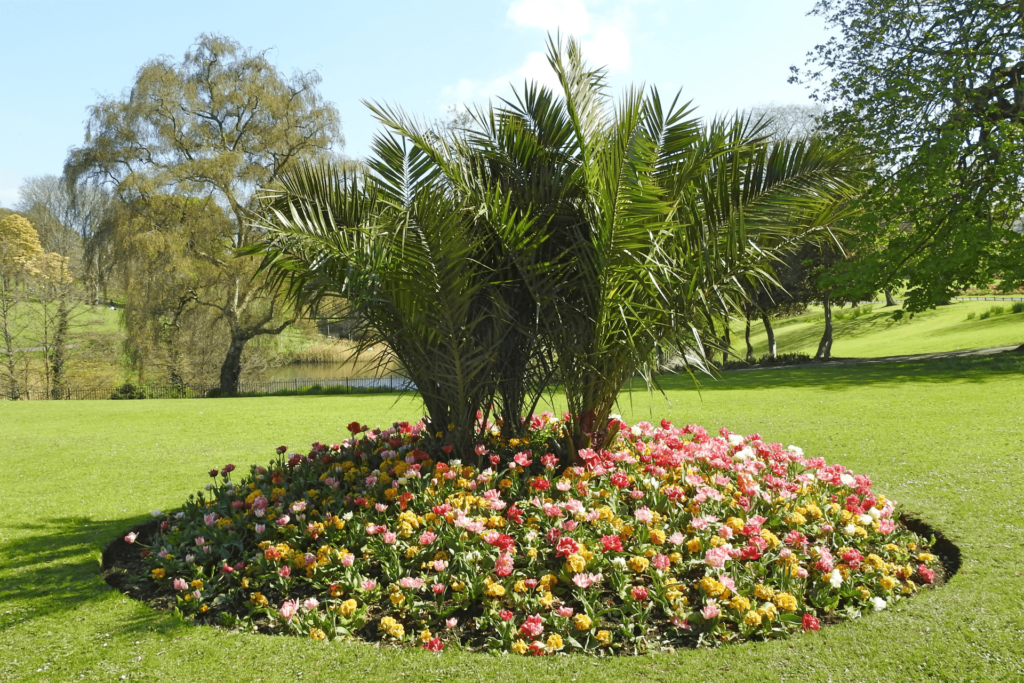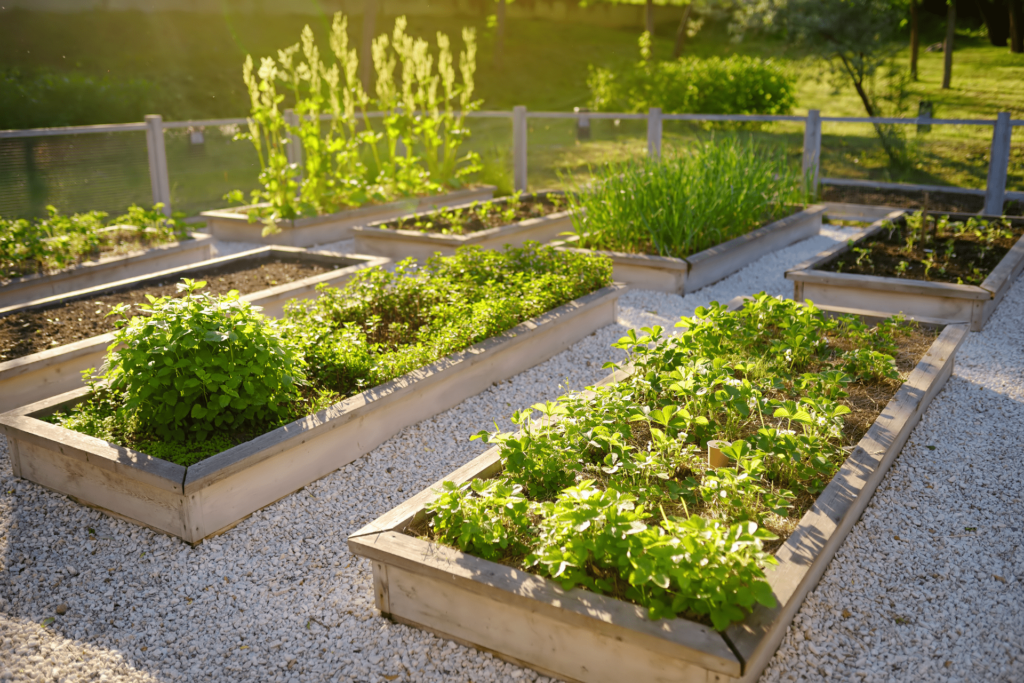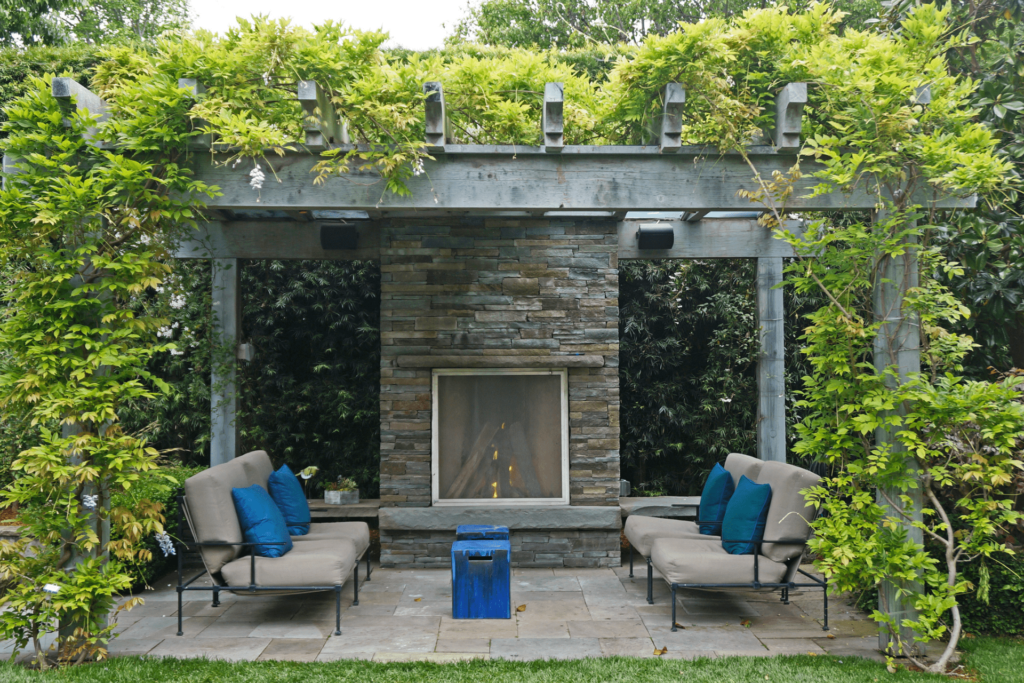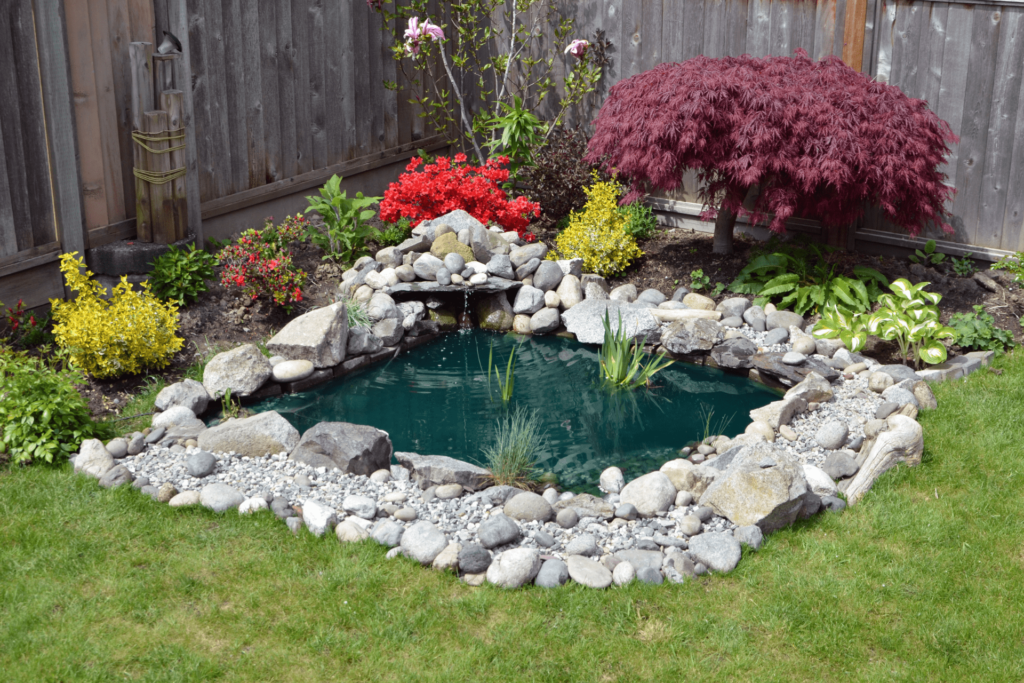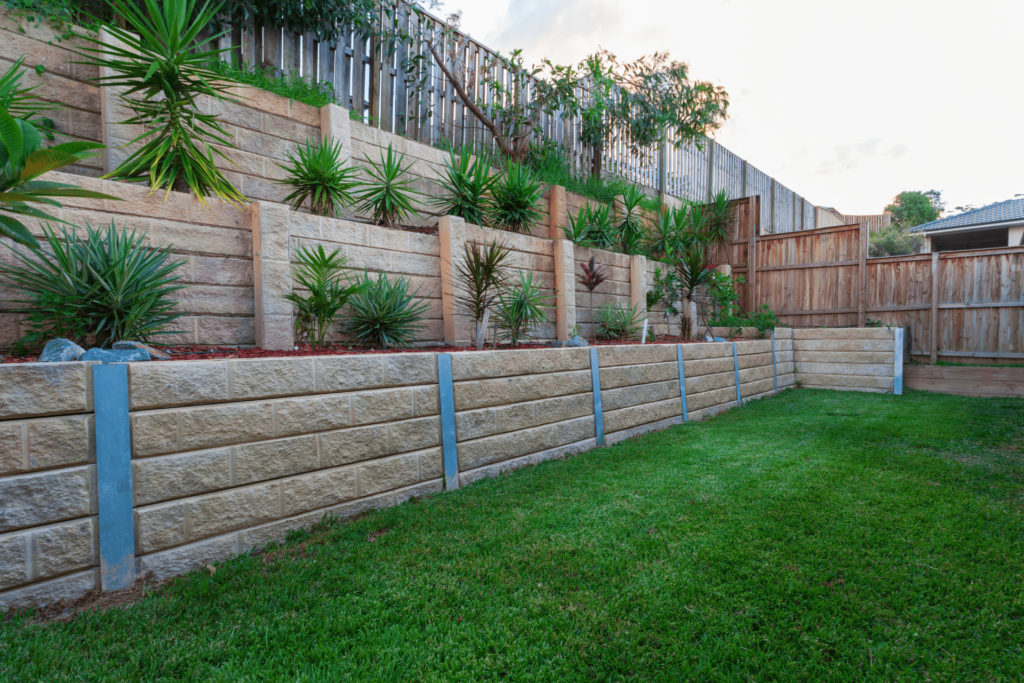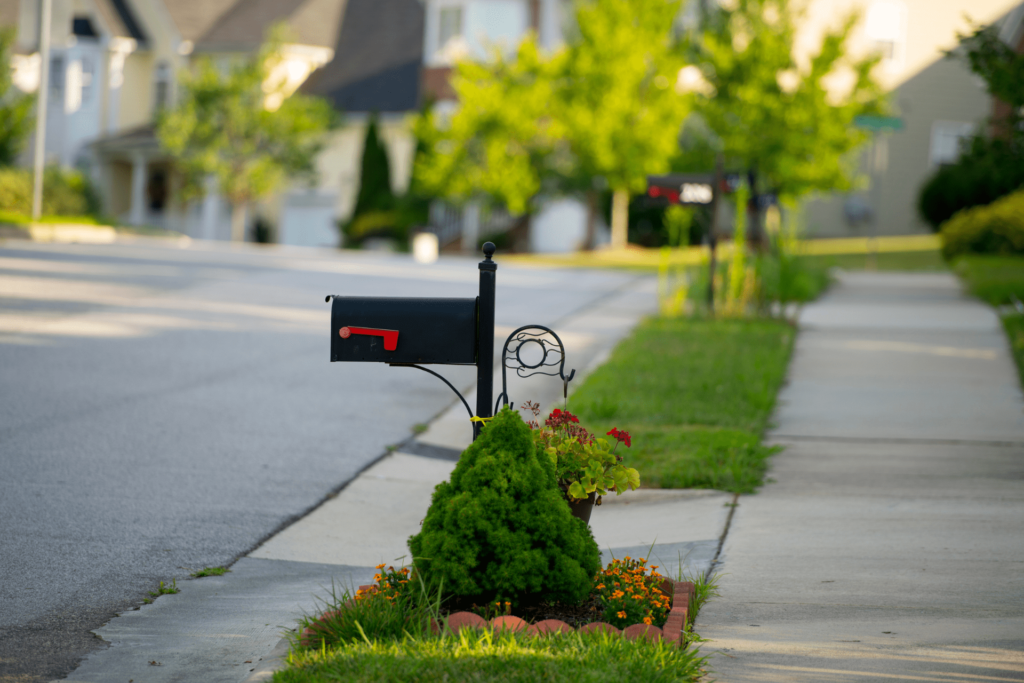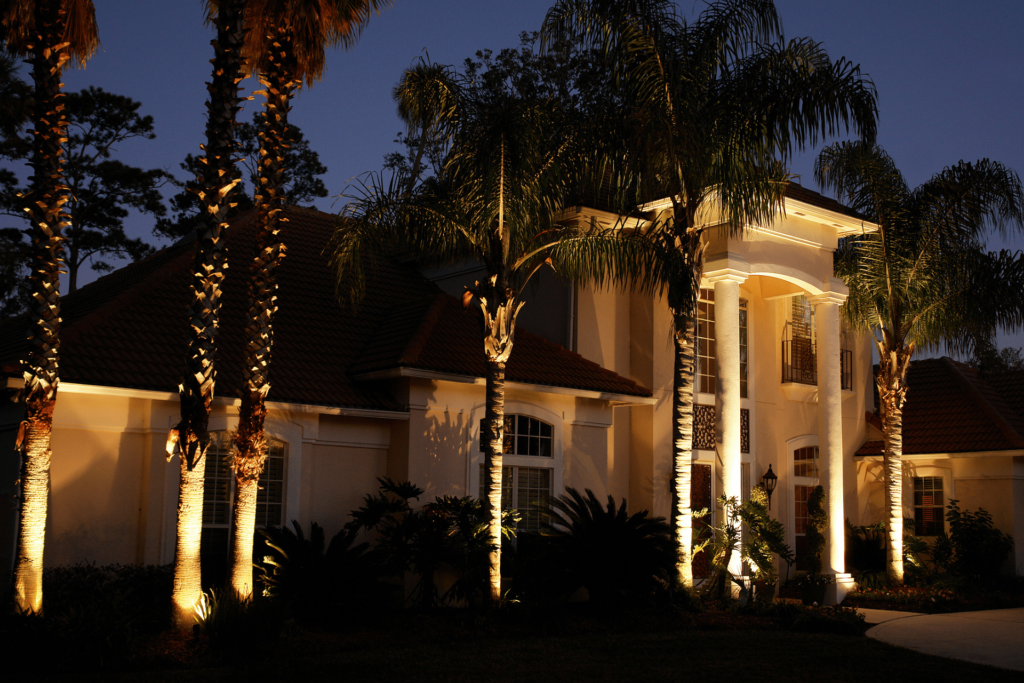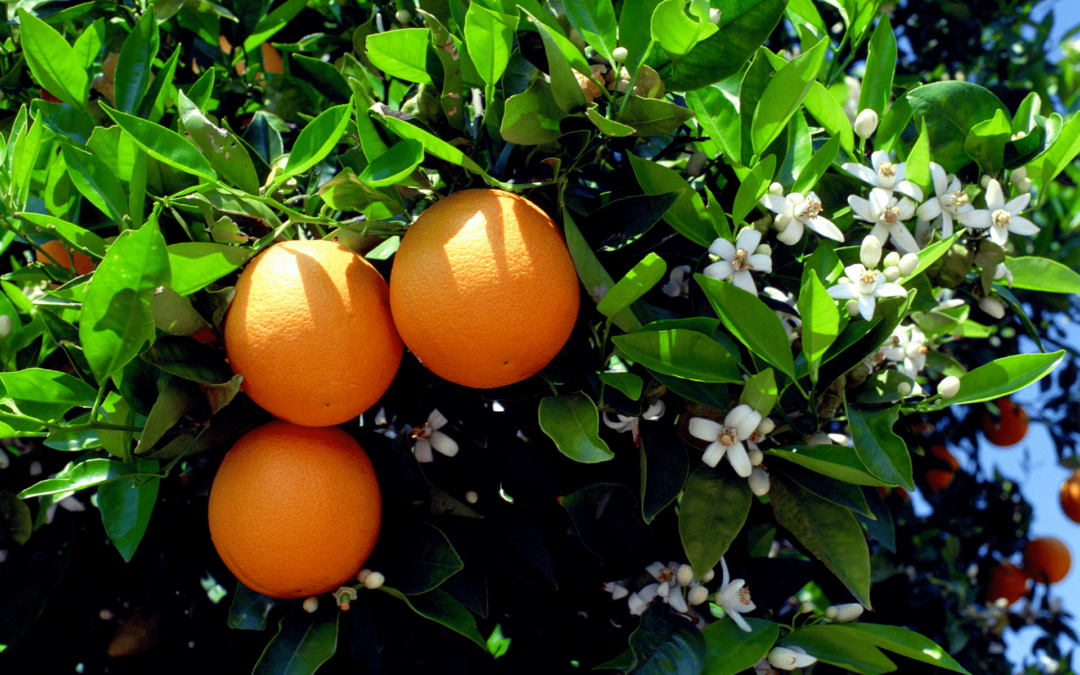
How to Prune an Orange Tree
Florida’s subtropical climate makes it one of the best places to grow oranges. In fact, Florida grows more than 70% of the country’s entire orange supply. A vast majority of those oranges grown are made into juice. If you’re looking to add freshly squeezed orange juice to your table, then growing an orange tree is perfect for you.
To properly care for your orange tree requires regular care and maintenance. One of the care tips you must know is how to prune an orange tree. Pruning is a method arborists use to keep trees healthy by removing dead, diseased, or weak limbs. Tree pruning is known to increase fruit yield, allowing you to get the most out of your orange tree.
What You’ll Learn in this Guide
In this guide on how to prune an orange tree, we’ll provide the following:
- Why Prune Orange Trees
- When to prune an orange tree
- Tools and equipment needed for the job
- How to prune an orange tree correctly
- Additional tips on caring for an orange tree
If you are unsure of pruning your own orange tree, we recommend you contact our team for professional tree pruning services. Pruning is best done by a professional with experience in tree health and care. Green Earth Environmental would happily assist you in caring for your orange trees.
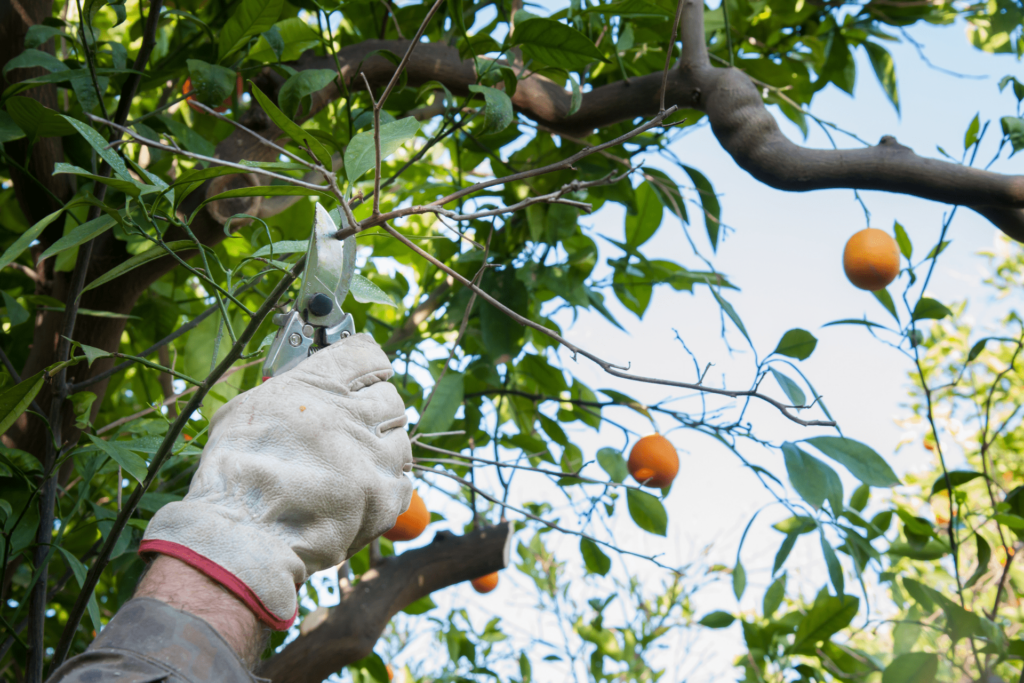
Why Prune Orange Trees
The purpose of pruning orange trees is to remove dead or diseased limbs. By doing so, you’ll maintain the tree’s health and stimulate growth. They can be pruned to learn a specific growing habit like hedges (espalier) for aesthetic reasons.
When to Prune an Orange Tree
Adult orange trees should be pruned once a year during early spring when there is no longer a chance for a frost or near freeze. Tree pruning reduces the tree’s hardiness, so a potential frost could do harm. Young orange trees can be trimmed at any time of the year as long as there is no chance of frost.
Tools for Pruning an Orange Tree
The tools needed to prune your orange tree is based on the size of the limbs you’re removing. These are three types of pruning tools you may need:
Anvil Pruners: Use on limbs with a thickness of up to half an inch.
Bypass Ratchet Lopper: Use on limbs with a thickness of up to one and a half inches. They can handle large limbs but will require more effort.
Pruning Saw: Use on thicker limbs ranging in two to four inches in thickness.
Before using any of your pruning tools, make sure they are clean and sterilized to prevent the spread of disease. Do this by applying a solution of one part bleach and nine parts water to the blade.
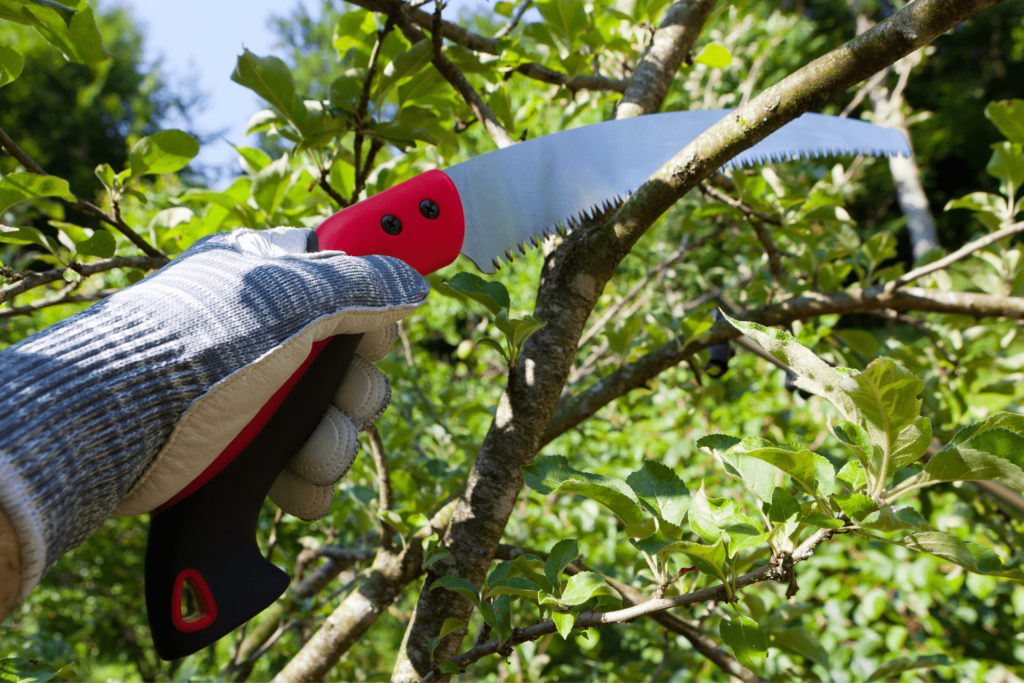
How to Prune an Orange Tree
Follow the steps we’ve outlined below to learn how to prune an orange tree correctly:
1. Remove Suckers: Start removing suckers from the tree. Suckers are sprouts that appear from the tree’s roots or below the graft line (the area below a distinct scar on the trunk). Suckers can typically be removed by hand, but you can use the anvil pruners if needed.
2. Remove Problematic Limbs: Next, remove wood that is dead, damaged, or diseased. If only a portion of a limb is problematic, remove it to the point in which it’s healthy. For entire limbs, cut just above the branch collar and ensure the cut is clean.
3. Remove Mature Fruit: Finally, remove any mature oranges from the tree. You don’t want to leave them for too long as they can hinder next year’s yield. Plus, you want to enjoy as much citrus goodness as possible.
Don’t Hesitate to Hire a Professional
The professionals at Green Earth Environmental know how to prune an orange tree. They can help you care for your orange trees throughout the year. We can even help you design the landscaping your orange tree will live. Give us a call at (866) 734-2422 for a free estimate on our tree services or landscape design services. We look forward to caring for your orange trees and working with you on a gorgeous landscape.

